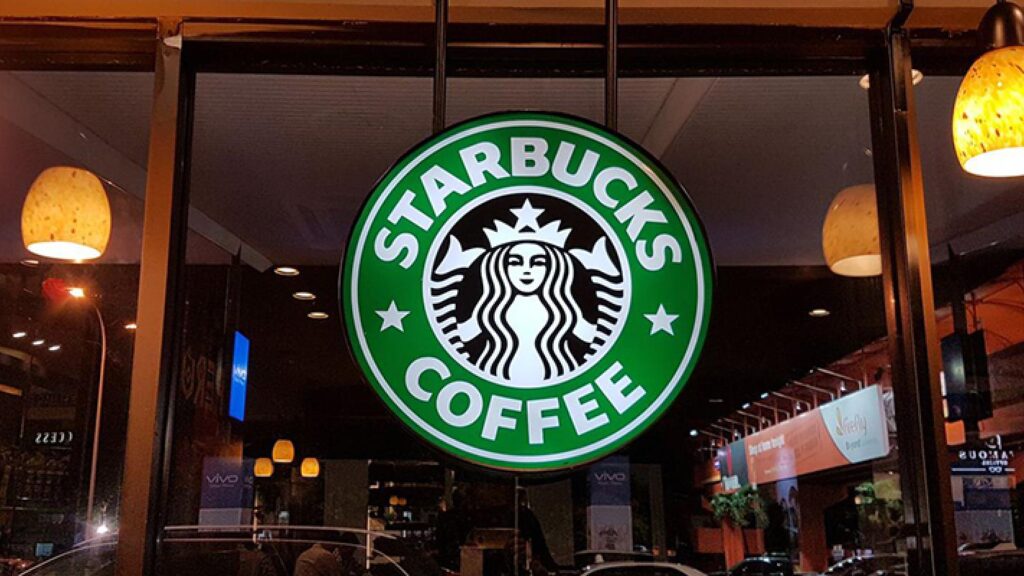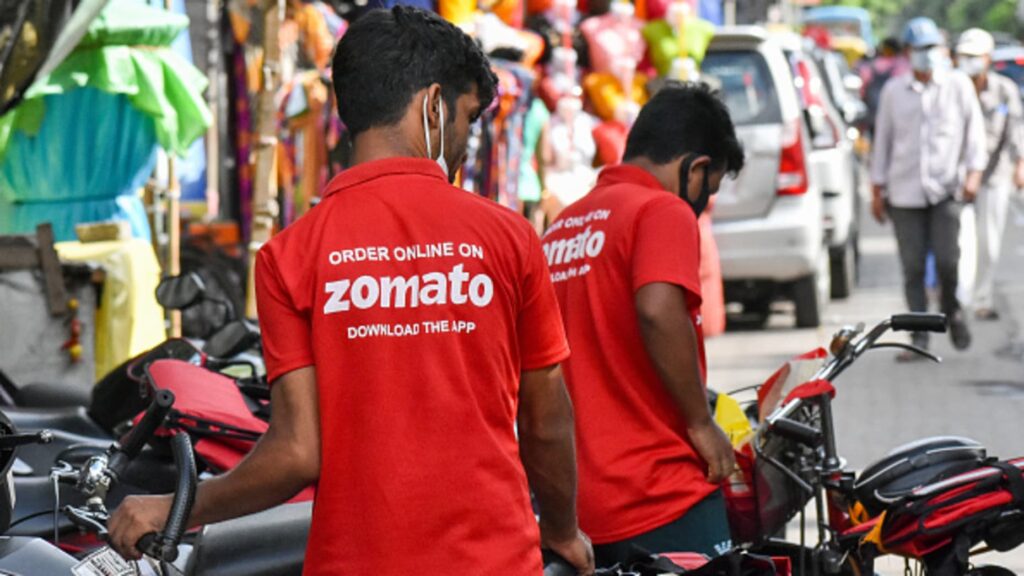Success Story Of Howard Schultz, chairman and CEO Of Starbucks – Brewing Starbucks into a Global Brand
Howard Schultz, chairman and CEO Of Starbucks Whenever we think about a good cup of coffee, we always remember Starbucks. Starbucks has become a phenomenon in today’s world, but this today’s giant was once a small cafe shop in Seattle, America. Howard Schultz is a phenemonial American billionaire, born to Fred and Elaine Schultz on July 19, 1953. His family was from a poor background and would not have even imagined one of their kids becoming a billionaire. Howard and his family stayed in a neighborhood of low-income household families, where life was difficult. Looking at the hardships faced by his father and mother, Howard had the aspiration to build something out of himself. He started selling newspapers at just 12 to earn some money. Eventually, in his teenage years, he started working in a cafe. Schultz was an athletic kid who was excellent in sports, due to which he received a scholarship to Northern Michigan University. His determination to be successful made him work in a leather shop at just 16, and this was a very tiring job. After attending the university, he graduated with a bachelors in communication in 1975. One of the earliest jobs after graduating was his role as sales manager at Xerox. Later on, he started working at Hamamaplast, a Swedish company that sold household appliances. During one such sale, he realized a cafe near his store was purchasing a lot of his products. He decided to visit that store and fell in love with the first sip of the Sumatra that was served to him by the coffee connoisseurs of that store. He was astonished by the amazing taste and the fine quality of the coffee. He was so impressed by the coffee shop that he approached the owners for a job. He was later on hired as the marketing director at Starbucks with a salary that was less than half of his previous job, but Howard decided to accept this job due to the potential for growth. He decided to travel to Italy in 1983, where he was captivated by the ambience of a traditional Italian cafe house. The experience made him realize a great opportunity of opening an Italian cafe, a store where customers could socialize and enjoy the coffee with a touch of human connection and conversation. When he proposed this idea to the founders of Starbucks, he immediately declined. Eventually, Howard left Starbucks and started his own business. In August 1987, he purchased Starbucks from the original owners for $4 million and went on to become the sole owner of today’s Starbucks. One of the early investors in Starbucks was none other than the founder of Microsoft, Bill Gates. His idea of Starbucks was to have a professional barista that would grind and brew coffee and then serve the fresh coffee to the customers. He was impressed by the Italian approach and wanted to implement the idea of having the barista recall the names of the regular customers and their preferences. He went to Italy and brought back teaching materials for his staff. He was extremely compassionate towards his employees and offered them comprehensive health insurance. He also offered stock options to the top performers by 1992. He successfully opened more than 150 stores in the United States. His idea of coffee was quickly liked by Americans. The popularity of Starbucks was growing quickly, and in the same year, Starbucks went on to become a public company. Its share price rose to $33 from $14 in a day. Starbucks decided to add some refreshing drinks for their summer season, which led to their first order of frappuccino in April 1995. It was so popular that PepsiCo offered a licensing agreement to Starbucks for producing the same. Starbucks had an ambience of its own. Every Starbucks store would play the same music at the same time to ensure the atmosphere of all the Starbucks remains the same. Starbucks started its first foreign store in Japan. Later on, it scaled to various other countries like Sweden, Israel, Korea, Singapore, the United Kingdom, etc. In 2000, he decided to just focus on international expansion, where he wanted to open more than 1000 stores by 2001. Starbucks was growing quickly. He returned as the CEO in January 2008 to bring the stability of the company back during the economic crisis. Starbucks had to close down nearly 900 stores to optimize the cost. Due to the efforts of Howard, Starbucks’ image was restored, and he decided to retire from Starbucks in 2018. The Starbucks owner purchased the famous basketball team, NBA’s Seattle SuperSonics, due to his passion for sports. His current net worth is around $3.38 billion. Howard, today, is not only a successful businessman but also a successful author who has published many best sellers. His philanthropic work focuses on promoting employment for young people. He was awarded the Israel 50th Anniversary Tribute Award in 1998. He was also on the list of Fortune’s most generous CEOs of 2015. Howard is the strong backbone that made Starbucks what it is today.



